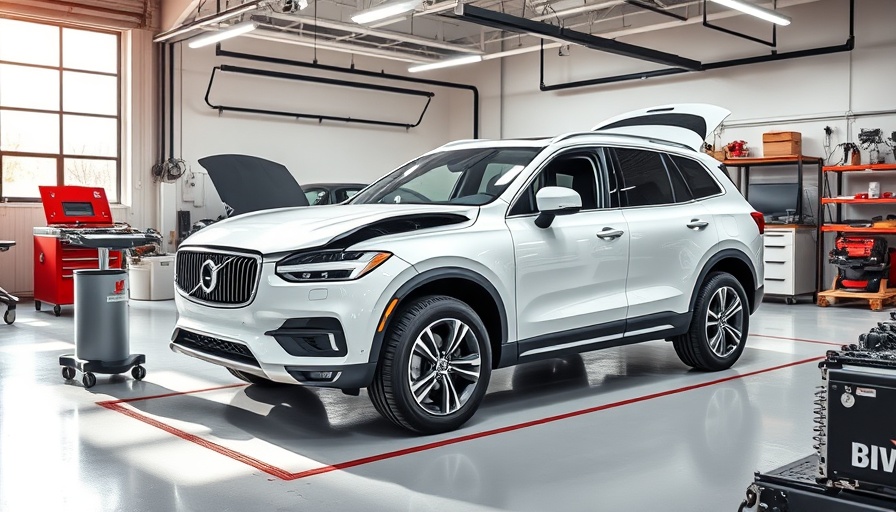
The Rise of Calibration Subletting in Collision Repair
Recent surveys indicate a significant trend within the collision repair industry: a notable majority of repair facilities are opting to sublet calibration services rather than managing them in-house. This shift raises crucial questions about quality control, business efficiency, and the future of repair operations.
Understanding Calibration and Its Importance
Calibration is critical for ensuring that advanced driver-assistance systems (ADAS) in vehicles function correctly after repairs. These systems are essential for safety and compliance with modern automotive standards. The decision to sublet calibration tasks may stem from a lack of specialized equipment or trained personnel but also introduces challenges in oversight and accountability.
Quality Control Challenges in Subletting
While subletting can help many facilities save costs and increase service speed, it also risks compromising quality. When repairs do not meet industry standards, it can lead to safety concerns, customer dissatisfaction, and potential legal issues. Understanding the trade-offs involved in this choice is vital for shop owners and consumers alike.
The Future of Collision Repair: Trends and Predictions
As collision repair technology continues to evolve rapidly, the industry must adapt to new standards and expectations. Will subletting become a long-term solution, or will there be a push toward bringing calibration expertise back in-house? The answers to these questions will shape service models and operational strategies in the coming years.
Collision repair facilities are at a crossroads. The decisions they make regarding calibration services will have lasting impacts not only on their operational efficiency but also on customer safety and satisfaction. Keeping abreast of industry trends and investing in technology and training will be essential for success.
 Add Row
Add Row  Add
Add 




Write A Comment